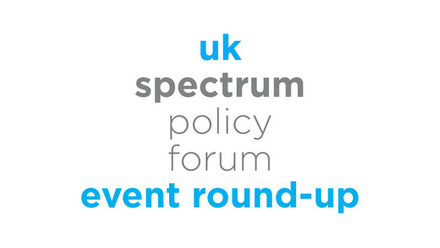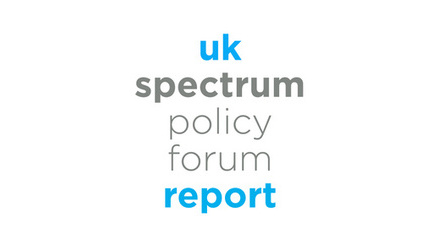UK SPF Cluster 4 Event Round-Up: ITU WRC-2027 Earth Exploration and other Space Science Satellite Services
The UK Spectrum Policy Forum’s Cluster 4 event convened experts and stakeholders to explore the critical role of spectrum in supporting Earth Exploration Satellite Services (EESS) and Space Research Services (SRS), with a sharp focus on preparations for the World Radiocommunication Conference 2027 (WRC-27). The central theme: safeguarding spectrum for passive sensing, which underpins vital services such as weather forecasting, climate monitoring, and disaster response.
Why Passive Sensing Is Essential
Passive sensing systems measure natural emissions from the Earth’s surface and atmosphere, without transmitting signals. These measurements are vital for understanding sea surface temperatures, ice coverage, and atmospheric conditions. They feed into numerical prediction models, contributing up to 40% of short-range forecast accuracy. Any degradation in data quality can reduce lead times for severe weather warnings, impacting public safety and national resilience.
Active sensing complements this by emitting signals and measuring reflections, offering high-resolution, real-time observations. Together, these systems form the backbone of critical infrastructure, including Met Office buoys and international data exchanges, ensuring the UK receives global-scale forecasting inputs.
Spectrum Pressures and Societal Impact
A major concern is the lack of alternative frequency bands that replicate the unique physical properties required for passive sensing. As spectrum demand grows—driven by emerging technologies and commercial applications—interference risks increase. The societal implications are profound: from emergency management to long-term climate resilience, the services enabled by EESS and SRS are foundational.
The Ka-band is a case in point. Commercial providers have been authorised to deploy antennas, but if IMT services launch in this band, Earth observation (EO) providers will lose interference protection. This could reduce government access to high-quality data, undermining forecasting and climate monitoring capabilities.
In the US, the OBBA’s decision to open an auction for this band underscores its relevance. However, national administrations and operators are struggling to keep pace with the complexity of RF sensing issues around EO use cases.
WRC-27 Agenda Items: Risks and Opportunities
The event highlighted key WRC-27 agenda items relevant to the weather and climate community. Some present risks, while others offer opportunities to strengthen protections:
- AI 1.1 & AI 1.7: Potential for increased interference from fixed satellite services and ESIMs.
- AI 1.18: Focused on regulating unwanted emissions from adjacent bands to protect passive systems.
- AI 1.19: Proposes new allocations to EESS passive bands for sea surface measurements.
Discussions also touched on the sensitivity of frequencies below 10 GHz, crucial for penetrating cloud cover and understanding hurricane intensity. Higher frequencies, particularly above 40 GHz, offer insights into ice cloud dynamics and atomized cloud structures—data that’s increasingly valuable for improving forecast models.
The X-band also drew attention. Military use raises concerns about encroachment on the lower end of the band, which is critical for troop communications. Every ITU group has internal concerns, and discussions may focus on the lower end of the band—a potentially positive development.
Scientific Collaboration and Global Alignment
European scientists emphasized the importance of spectrum for Earth observation and its alignment with the UN Sustainable Development Goals, helping frame spectrum policy in a globally relevant context. Organisations like EUMETSAT focus on user needs and ensuring data continuity. The UK, as the top contributor to ESA in 2025, is well-positioned to lead efforts in securing spectrum for science missions, lunar exploration, and space weather monitoring.
Agenda items such as AI 1.15 (lunar communications) and AI 1.17 (space weather) reflect the expanding scope of spectrum needs. Meanwhile, AI 1.12 and 1.13 raise concerns about increased interference in bands already heavily used for low-data-rate MSS systems.
The build-up to WRC-27 involves close collaboration between Ofcom, DSIT, and other UK partners to understand domestic usage and advocate for global alignment. The goal is to safeguard collective interests through informed negotiation and strategic partnerships.
The event concluded with a strong message: spectrum protection is not just a technical issue—it’s a matter of public safety, scientific progress, and global cooperation. As WRC-27 approaches, the UK SPF and its partners are committed to ensuring that passive sensing systems continue to deliver the data that keeps our communities safe and informed.
Slides





